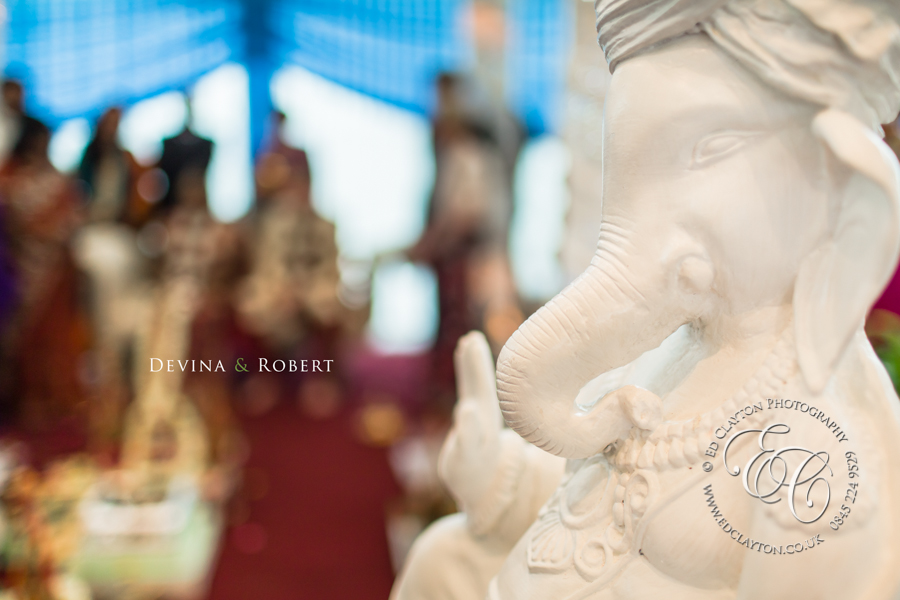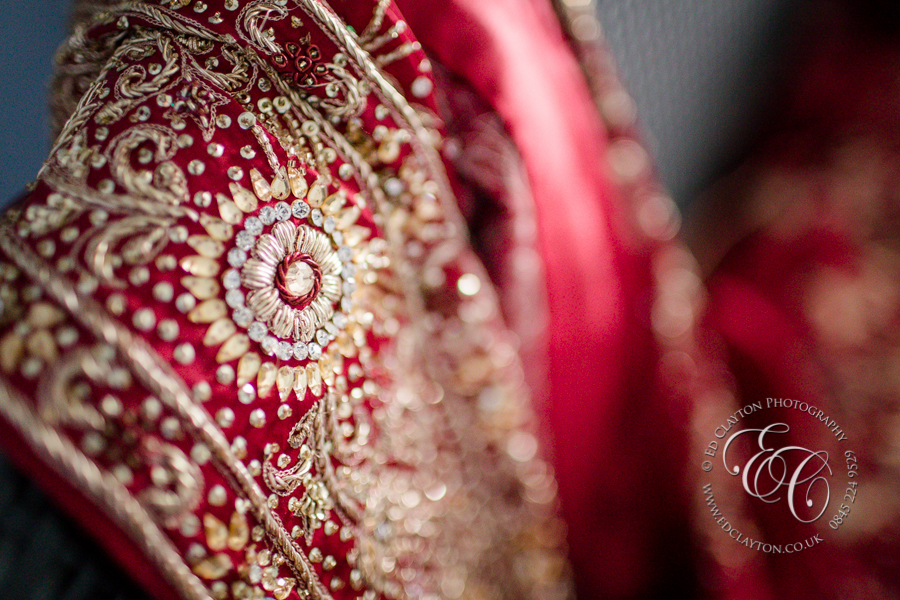Devina & Robert asked me to photograph both their Hindu wedding and their “English” wedding. They were held one day after the other, which was really nice as I got to meet everyone twice, albeit in two very different outfits each time!! Today’s blog post is of their Hindu Wedding Ceremony.
It has been a little while since I last attended a Traditional Hindu Ceremony. I hope to revisit this post after the wedding season has calmed down a bit, so that I can write more about what is included in the service, and thus explain further as to what is actually happening in some of the images! Suffice to say that a lot happens during a Hindu wedding ceremony, it is a very auspicious occasion with each and every action (there are many…) having a reason associated with it.










The Welcoming of the Groom – The groom arrives at the entrance to the hall accompanied by the best man, known as Mame. A married lady from the bride’s side of the family welcomes the groom and the Mame by performing Aarti, the traditional Tamil welcome ritual. A traditional lamp is placed on a tray along with auspicious flowers, a vessel containing rose water, lighted camphor and saffron water. The tray is rotated three times in front of the groom and the Mame, and kungumam (a powder made from dried turmeric) is applied to their foreheads. This ritual is also believed to ward off the influence of the evil eye.


Vivaha Homam – The priest lights a holy fire in a pot and the couple then place offerings into the fire as the priest recited mantra. This is a prayer to Agni, the God of fire asking for mental and physical well being and to witness their union.

Exchange of Garlands – The couple exchanges their garlands three times. This signifies the divine trinity of Lord Brahma (Creator), Lord Vishnu (Sustainer) and Lord Shiva (Destroyer), symbolising their unity with nature’s blessing.

Saptapadaam (Declaration of the Seven Wedding Vows) – The couple walk around the fire three times symbolising the beginning of their new life together and exchange 7 vows including ones of duty, love, loyalty and respect.


The third time around the sacred fire, the bride places her right then left foot on a grindstone known as “ammi” in Tamil signifying her hope that their bond is firm and steadfast as the grinding stone. The grind stone stands at the right side of the sacred fire. The groom then places a “minji”, silver toe ring on each foot meaning that henceforth he will protect her while on their journey through life together.

Traditional Game – Lime water and turmeric powder is mixed in water in a bucket and a ring is placed in the water. The couple faces one another and are asked to find the ring in the water. It is believed that whoever retrieves the ring first will be more dominant in the marital home.




